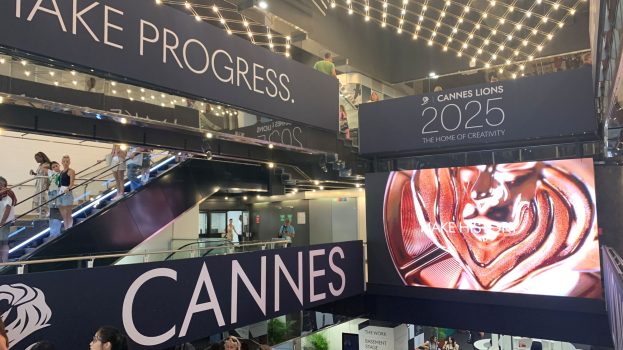After growing by 118% in 2020, the size of Canada’s cannabis market is expected to quadruple by 2026, with concentrates leading to more anticipated growth going forward.
That’s according to the latest research from insights and market intelligence firm, Brightfield Group, which just released it 2021 March Cannabis Market Update for Canada, a quarterly consumer survey of 3,000 balanced according to age, geography and gender.
Currently, the domestic cannabis market is worth $2.60 billion and will reach $8.62 billion by 2026, the report says.
Sector growth, Brightfield’s analysis suggests, is being driven by increased cannabis brand retail openings, and more affordable and accessible product offerings. It’s also due to an acceleration of mergers and acquisitions, like the recent buyout of Supreme Cannabis by Canopy Growth and the impending merger of Tilray and Aphria.
Brands being more comfortable and finding room to operate within regulatory regimes, and the industry working out supply chain and quality kinks, means the market is expected to continue this growth until 2024, when Brightfield expects it to reach capacity.
And different sectors are driving growth.
While flower is still far-and-away the most commonly purchased product format available in the country, opportunities exist outside this traditional usage and will far outpace its 16.6% compound annual growth rate (CAGR) from 2020-2026.
For example, Brightfield forecasts that the concentrates market will achieve a whopping CAGR of 57.5% over the same period, driven by high-dose medical uses, and high THC content products appealing to heavy users.
Brightfield insights also reveal a huge opportunity for beverages,
Beverages were expected to have lots of momentum, especially with investment from major beverage companies like as Molson Coors and Constellation Brands. However, delays in production and finding quality the companies could be happy with limited product selection and hampered that momentum. For example, according to the most recent sales data from OCS, beverages made up only 1.7% of total cannabis sales in the last three months of 2020.
However, the OCS points out that beverages – along with other non-flower formats – have been experiencing consistent growth. And Brightfield’s analysis suggests that will continue exponentially: it predicts cannabis drinks will have a CAGR of 48.2%.
That’s because beverages are a versatile product format that allows for unique positioning, and according to the report, manufacturers generating everything from tea and coffee to sparkling waters to liquor alternatives can succeed among an array of consumer segments. Unlike other product categories in this space, beverages “have a significant amount of brand differentiation.”
According to the report, the domestic edibles market will grow at a 40% CAGR from 2020-2026, with chocolates gaining far more traction than baked goods, gummies or candies.
Topicals, meanwhile, received the fewest product launches of any of the so-called 2.0 category (concentrates and infused products). However, Brightfield maintains that the rise of the “wellness consumer” will give this category hope as people, especially women, incorporate topicals into daily self-care regimens.
Among the industry’s broader challenges is a nagging one: a persistent and sizable segment of consumers with little brand loyalty – about 25% of cannabis users surveyed indicated that “all cannabis brands are pretty much the same.” Also, about that same percentage were unaware of what dosage they preferred.
For brands, Brightfield recommends considering the number of consumers who prefer to shop at retail and are influenced by store associate brand recommendations. Licensed producers are setting up vertically-integrated supply chains that allow brands to promote and highlight their own products within proprietary retail outlets (like “staff picks,” as well as in-store advertising).
On the branding side, the report found that 31% of cannabis users say font design and package colouring are top product attributes. And even though strict regulatory measures are in place, there is still an opportunity to stand out.
























